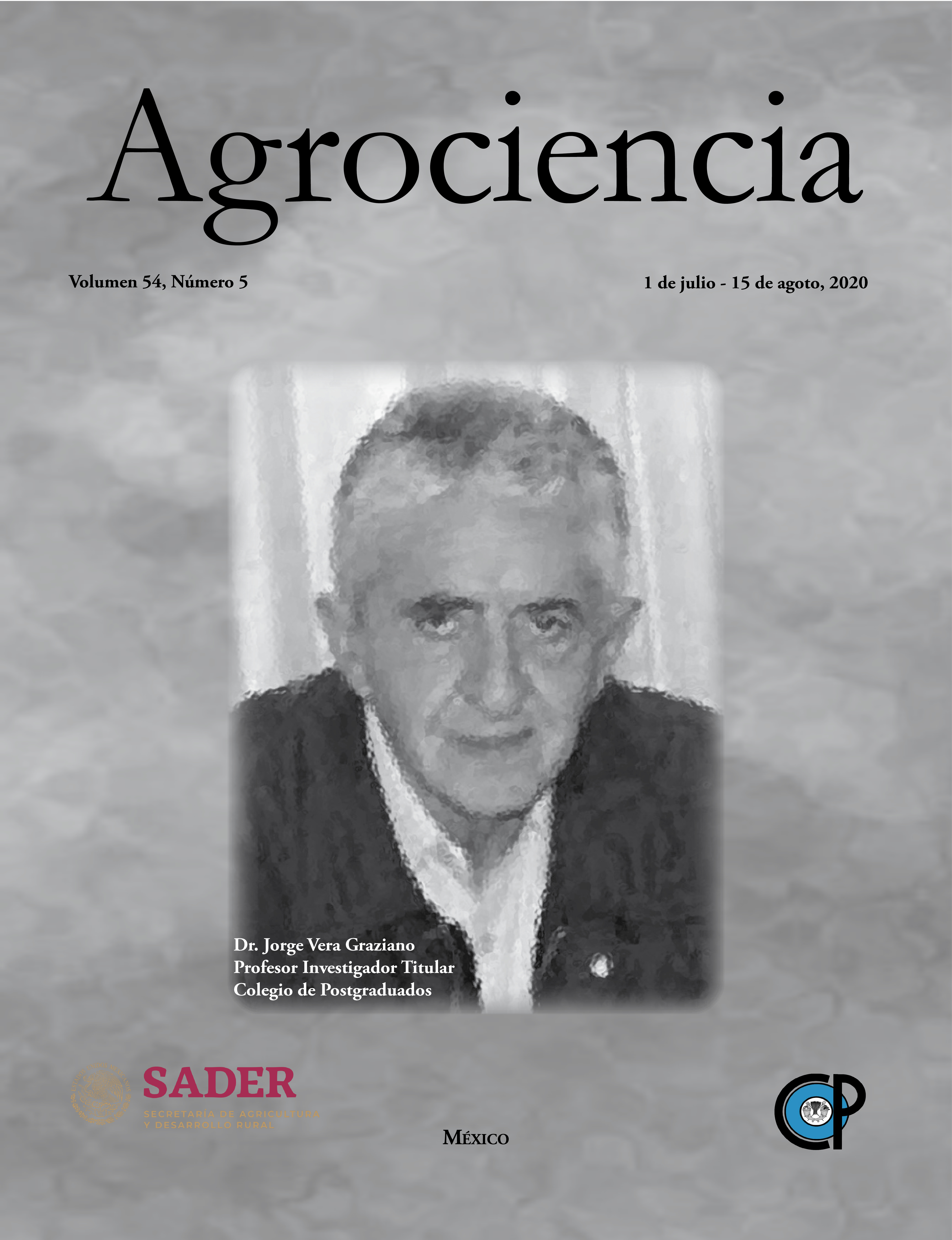EPIDEMIOLOGY OF BRUCELLOSIS IN THREE SHEEP PRODUCTION AREAS OF THE STATE OF VERACRUZ, MEXICO
DOI:
https://doi.org/10.47163/agrociencia.v54i5.2123Keywords:
epidemiological study, ovine brucellosis, Brucella spp., seroprevalence, risk factors, spatial distribution.Abstract
Brucellosis is a zoonosis with high morbidity and worldwide distribution, caused by species of the genus Brucella that affect other productive species. There is ample experience studying the disease in cattle and goats; however, its epidemiological behavior in sheep is unknown. Therefore, our objective was to carry out an epidemiological study (seroprevalence, risk factors, and spatial distribution) of brucellosis in the main sheep production areas of the state of Veracruz. As hypothesis, we expected a 50% seroprevalence with associated risk factors in the chosen sheep producing areas. The study was multistage cross-sectional and stratified, and included 414 sheep from 55 farm (UP, production units) selected by conglomerates. The diagnosis was serial with the card test as screening and radial immunodiffusion as confirmatory. We determined seroprevalence with the online program VassarStats and the Risk Factors (FR) for odds ratio with the online program Win Epi. Also, we geo-referenced the spatial distribution of the production units, and mapped them by using the QGIS 2.10.1 software. The overall seroprevalence was 1% (95%CI: 0.3 to 2.6) and per production unit was 3.6% (95%CI: 0.6 to 13.6). We identified no risk factors associated with the presence of ovine brucellosis, but confirmed the disease with low seroprevalence in two production units at the municipalities of Perote and Altotonga.
Additional Files
Published
Versions
- 29-12-2020 (2)
- 14-08-2020 (1)
Issue
Section
License
Agrociencia is published every 45 days, in an English format, and it is edited by the Colegio de Postgraduados. Mexico-Texcoco highway Km. 36.5, Montecillo, Texcoco, Estado de México, CP 56264, Telephone (52) 5959284427. www.colpos.mx. Editor-in-Chief: Dr. Fernando Carlos Gómez Merino. Rights Reserved for Exclusive Use: 04-2021-031913431800-203, e-ISSN: 2521-9766, granted by the National Institute for Author Right.













